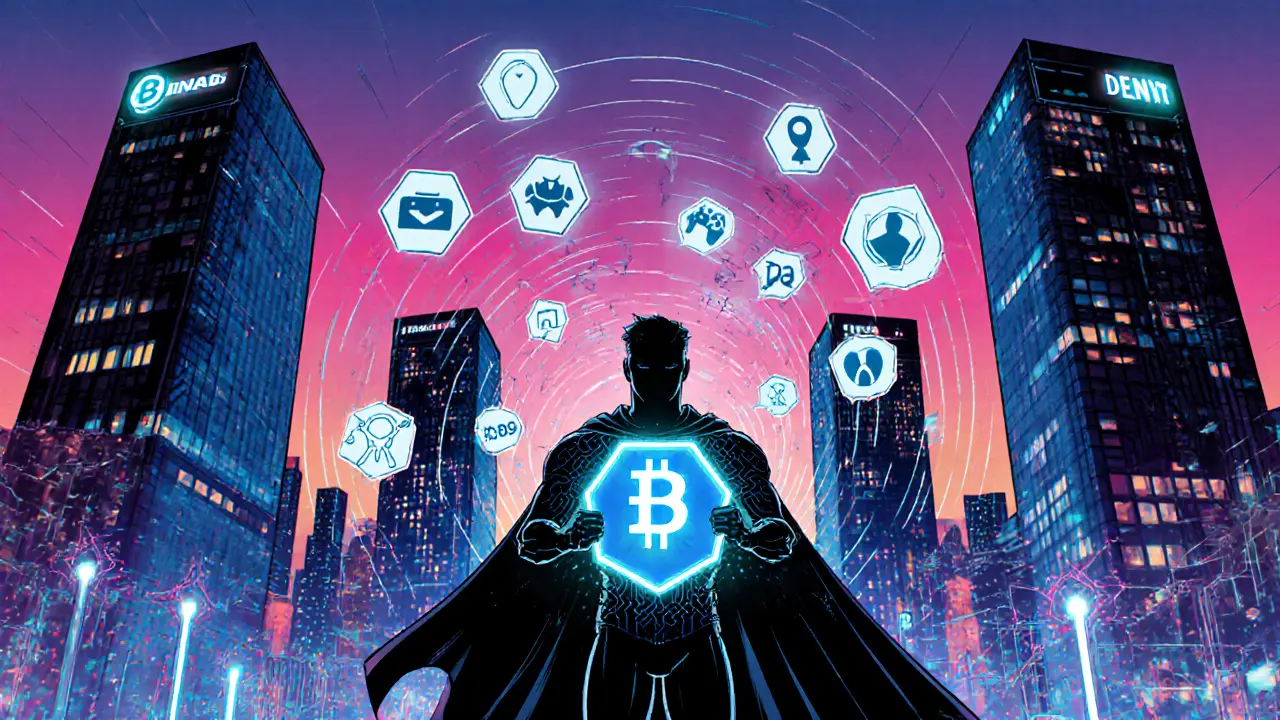DApps – Decentralized Apps Simplified
When working with DApps, decentralized applications that run on blockchain networks without a central server. Also known as decentralized apps, they let users interact directly with smart contracts, self‑executing code that enforces agreements on a blockchain. In simple terms, DApps are the front‑end of those contracts, turning code into usable services like trading, gaming or identity verification. Because they sit on public ledgers, DApps inherit the blockchain’s transparency and resistance to censorship. This means the network itself validates every action, eliminating a single point of failure. As a result, DApps encompass smart contracts, require blockchain infrastructure, and rely on decentralized exchanges to move assets efficiently.
Why DApps matter today
Beyond the basics, DApps are tightly linked to a few core concepts that shape the whole ecosystem. decentralized exchanges, platforms that let users swap tokens directly from their wallets without a middle‑man act as the liquidity backbone for many DApp services, especially in DeFi. When you trade on a DEX, you’re usually interacting with a DApp that aggregates order books and executes swaps via smart contracts. Another pillar is decentralized identity, a system where users control their own credentials on‑chain. DID solutions give DApps a trustworthy way to verify users without handing over personal data to a central authority. Meanwhile, techniques like blockchain sharding boost the scalability of the networks that host DApps, allowing them to handle more transactions per second while keeping costs low. Together, these elements—DEX liquidity, DID verification, and sharding scalability—form the practical foundation that lets DApps serve real‑world needs, from payment solutions to gaming economies.
Our collection below reflects that breadth. You’ll find easy‑to‑follow guides on mining difficulty (the engine that keeps block times stable), step‑by‑step airdrop walkthroughs for projects like Velas and ZKSwap, and deep dives into regional crypto regulations that affect DApp users in China, Myanmar, and Pakistan. Security‑focused pieces explain how to spot scams in crypto ATMs or protect your wallet against phishing, while technical posts break down how cross‑chain bridges work for tokens like Elk Finance. Whether you’re hunting a new airdrop, trying to understand how a DApp’s smart contract interacts with a DEX, or learning about the legal landscape that shapes where DApps can operate, the articles ahead give you actionable insight and clear examples. Dive in and see how each piece connects back to the core idea of decentralized applications.

The Future of Decentralized Applications (DApps) in 2025 and Beyond
Explore how modular blockchains, cross‑chain tech, ZK privacy, and IoT integration are reshaping decentralized applications in 2025, with real‑world examples and a step‑by‑step development guide.
January 8 2025